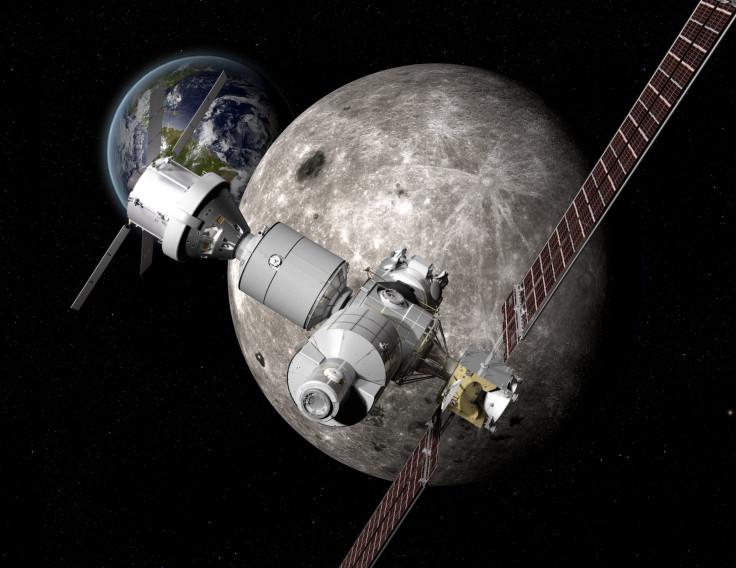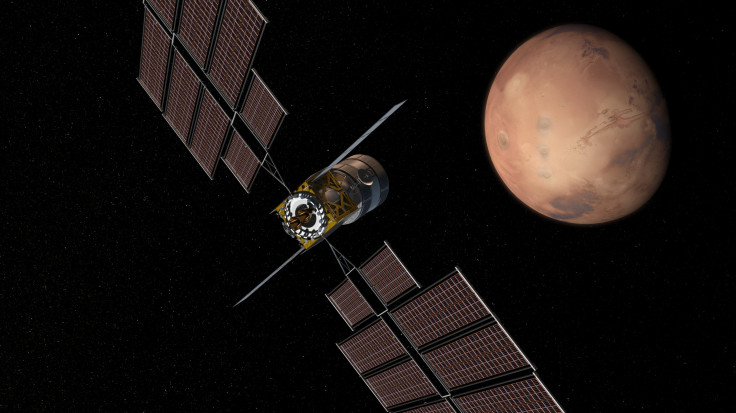NASA's Mission To Mars: Boeing Unveils Concept Images For Cislunar Habitat, Deep Space Transport vehicle

The days of the International Space Station (ISS) — the loyal workhorse that has served humankind well since its launch in 1998 — are numbered. The question is what will replace the orbiting space laboratory?
On Tuesday, just a week after NASA announced plans to develop a “deep space gateway” in the vicinity of the moon in collaboration with commercial and international partners, one of the space agency’s partners has unveiled concepts for such an outpost.
In a statement accompanying the concept images for the deep space gateway — which would serve as a waypoint for crewed Mars missions — and transport vehicle, which would ferry humans to the red planet and beyond, Boeing said that the systems would "help achieve NASA’s goal of having robust human space exploration from the Moon to Mars."
Although the images are far from detailed, there are a few key things that Boeing has made clear — one, that the habitat would be delivered to cislunar space by NASA’s Space Launch System (a rocket that, once operational, would be the most powerful one ever built); and two, both the deep space gateway and the transport vehicle would be powered by Solar Electric Propulsion (SEP) systems.

An SEP system utilizes both, solar cells and an ion drive. An array of solar cells converts collected solar energy to electrical power, which is used to ionize atoms of a propellant such as xenon, that are then expelled to produce thrust. This technology, which was used in NASA’s Dawn spacecraft, has the potential to significantly reduce cost of deep space missions by reducing the launch weight of spacecraft.
“The ability to simultaneously launch humans and cargo on SLS would allow us to assemble the gateway in four launches in the early 2020s Pete McGrath, director of global sales and marketing for Boeing’s space exploration division, said in the statement.
The SLS, a successor to NASA's now-defunct Space Shuttle program that is expected to be ready by launch by 2018, is crucial for realizing NASA’s deep-space exploration ambitions — including crewed missions to Mars. The SLS’ engines will be the same that powered the Space Shuttle program. These engines have been used during 135 space shuttle missions between 1981 and 2011, and four of them, providing a combined thrust of 2 million pounds, will be used to power the rocket.
© Copyright IBTimes 2024. All rights reserved.






















